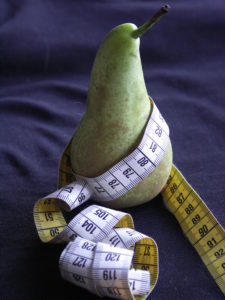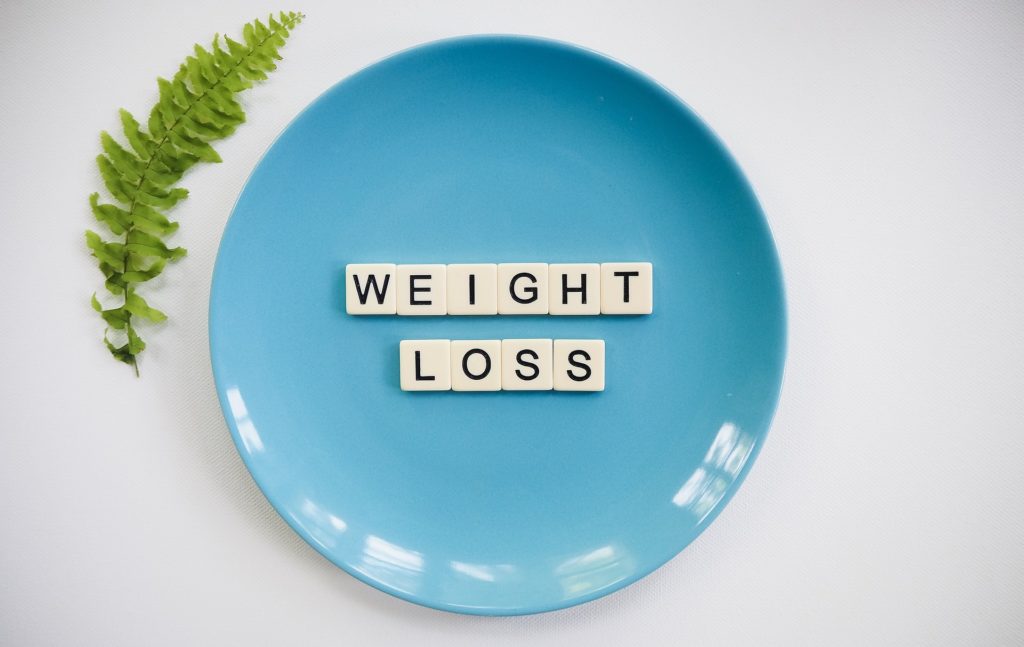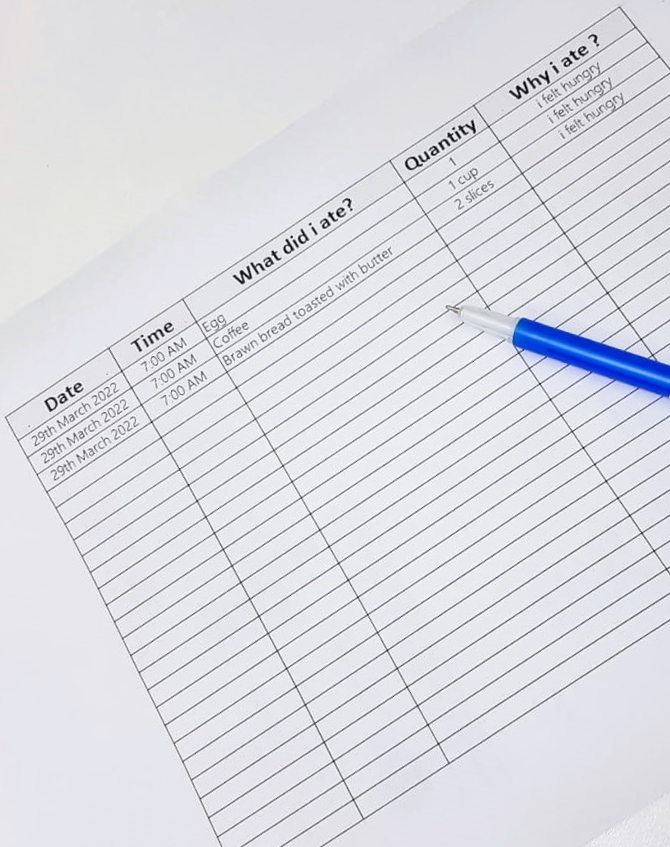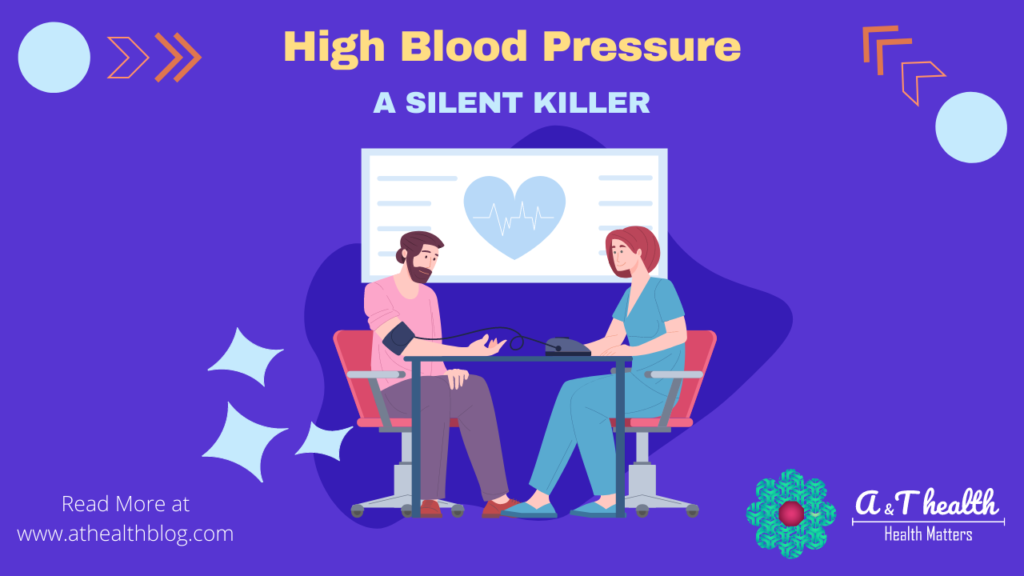Weight loss is no doubt a challenging task. Attaining overweight is a preventable thing. Do you think you are overweight and ask yourself how to start losing weight? Or maybe you need to stop gaining overweight. In this A&T health blog, you will learn some simple and basic tips to start losing weight. First, it is required to know whether losing weight is a good idea for you.
Losing weight – Are you the right candidate?

Evaluate yourself by following two primary criteria to know if you are carrying extra fats and whether you need to work for weight loss or not.
1. BMI (Body mass index)
2. Waist Circumference
BMI for weight loss
- You must start working on weight loss if
you are an adult and your BMI is 25 or above. - You must lose extra weight to protect
yourself from developing chronic illness if your BMI is 30 or
above.
Click here to learn about BMI calculation, the benefits of normal weight, and the risks of being overweight.
Waist Circumference for weight loss
Even if you have BMI in the normal
range, you must lose weight if your waist circumference is not normal.

For Males:
If you are an adult male, you must start working on weight loss if your waist circumference is 94cm (37inches) or above.
If you are an adult male, you must lose extra pounds as you are at high risk of developing chronic illness if your waist circumference is 102cm (40inchs) or above.
For Females:
- If you are an adult female, you must start working on weight loss if your waist circumference is 80cm (31.5 inches) or above.
- If you are an adult female, you must lose extra pounds as you are at high risk of developing chronic illness if your waist circumference is 88cm (34inches) or above.
To know about the accurate measurement of waist circumference and other valuable tools, please click here.
Why is weight loss vital?
Losing weight is vital as excess body weight is not healthy. Following are the epidemiological facts that quote how obesity is recognized as an epidemic.
World health organization’s June 2021 data highlights
- Three-fold increase in obesity since 1975.
- In 2016, 39% were overweight among adults, and 13% were obese.
- In 2016, among overweight, 39% were men, and 40% were women.
- In 2020, 39 million children under five years were overweight and obese.
- Obesity is a worldwide health concern.

The overweight and obese individual is at high risk of developing chronic health disorders such as hypertension, dyslipidemia, coronary artery disease, heart failure, diabetes, osteoarthritis and cancers. And can also face complications in any existing non-communicable diseases. It would be best to lose extra weight as obesity can be fatal than being underweight.
To read more about obesity and related health risks, please click here.
3 Simple and basic weight loss tips
Weight loss can be considered as an equation between eating and consuming. You gain more weight because you eat more and consume less. Eating more calories and burning fewer calories will lead to extra energy storage as fats in the body, leading to weight gain. Here are A&T’s three simple and basic tips for weight loss.

1. Prepare your mind and set goals
The mindset with which you plan for weight loss plays a pivotal role. Do the research and know why maintaining a healthy body weight is essential.
- A research study in the UK determined the intentions to prevent weight gain. The young adults were more focused on their attractive looks, while older adults wanted to avoid health risks.
- Find your reason for weight loss. Improving the overall lifestyle for attaining and maintaining a healthy weight can be an extra plus on just having attractive looks.
- A logical and realistic mindset will keep you motivated to lose excess weight.
- You must first realistically target to contain additional weight gain, decrease body fats over time and reach a healthy level to maintain for a lifetime.
- Take a notebook, write your weight loss goals and weekly evaluate your achievements.We recommend slow and sustained weight loss.
- The initial weight loss goal should be to reduce body weight by approximately 10% for about six months.
- A weight loss at a slow rate is likely to be permanent. You must target losing 0.5-2 pounds per week.

2. Change your eating habits
Start acting on the English saying, “Eat to live, not live to eat.”
- Recognize your food-related causes for weight gain. We urge you to start keeping a food logbook, a written note of what you eat daily. Write what (type of food), how much (quantity), when (date & time), and why are you eating (feeling hungry or other reasons).
- After a few days, review your food journal and look for wrongs in your eating patterns. Also, consider seeking an expert opinion from a nutritionist.
- Review your food choices for meals & snacks; were they healthy choices? Was your portion size more extensive than required? Are there any eating habits where you can make better choices?
Below are some eating tips based on a general eating trends assessment;
- Eat three times a day a complete meal in the morning, a little less in lunch and a few in the evening.
- Never skip meals particularly breakfast; you need to fuel up your body in the morning to function well the whole day and also, skipping breakfast can lead to overeating later.
- Try not to snack in between the day. Try not to shop for snacks in your regular groceries.
- Limit eating foods high in saturated fat and sugar. These have a lot of calories and are not as filling.
- Avoid sugary drinks; they are high in calories which can result in weight gain. These include fizzy drinks, sports drinks, squashes, cordials and juice drinks. A research study found that you could have a 2-2.5% weight loss in 6 months by removing sugar-sweetened beverages from your diet. You can replace soda with water, calorie-free-flavoured waters or mix fruit in water.
- Try to cook and eat at home. Fancy fast food restaurants now tend to make bigger meals and offer discounts to boost their sales and pull you to eat more.
- Eat meat, grains, vegetables, fruits, and dairy. All five food groups together make a well-balanced diet. Try not to miss any food group unless you have allergies to it.
- Drink plenty of water. Remaining hydrated helps clean wastes from your body. Aim to have a minimum of eight glasses of water per day. Keeping well-hydrated can also help reduce appetite as you can sometimes think you are hungry when you are thirsty.

3. Get Physically More Active
Physical activity is a fundamental part of any weight management program. Whatever you eat, you need to digest it as well. Rationalize your physical activity with your eating; the more you eat, the more you must exercise to burn the calories. If you do not burn the calories, excess calories get stored in the body as fat depots and become a health risk.
Alongside a food logbook, we advise you to keep an exercise logbook also. It will help you track your progress and review what is working and what is not working for you.
An exercise logbook should include:
Date and time of exercise.
1. Type of exercise (walk, running, squats and planks etc.).
2. The number of exercises you counted as one set.
3. The number of sets and repetitions completed.
4. The total time duration of exercise.
Here are some activity recommendations from the A&T team;
- Add 30 minutes of moderate- to vigorous-intensity activity per day for 4-5 days of the week to prevent chronic disease.
- Increasing exercise duration to 45-60 minutes most days is recommended for weight-loss maintenance.
- Starting slowly and gradually building up to 45 or 60 minutes of physical activity will help to be effective.
- Doing the activity in multiple 10-15 minute segments throughout the day may be better for some.
- Stop sedentary behavior and try to track, record and reduce the amount of time you spend per day in watching the TV or using a computer or a phone.
- Use a pedometer or fitness tracker app on your mobile phone to track the steps you walk each day to help monitor progress.
- Improve your lifestyle to get active in the whole day routine.
- Take a brisk 10-minute walk in the morning, at lunch and after dinner to total 30 minutes a day.
- Try to walk in your office when you can or during the lunch break.
- Prefer using stairs where you can.
- If you travel by bus try to hop off the bus a few meters early.
- Park your car further away so that you can walk the rest of the way briskly.
- Remain active around the house as well: do help you family in routine house jobs. Sweep the garage, scrub the floors, vacuum the rugs or trim the shrubs.
A&T’s health team advises you to manage your healthy weight. We admire people within the healthy weight class while motivating, inspiring and promoting weight loss for overweight and obese people. We recommend adopting a balanced lifestyle to enjoy an active and healthful life.










